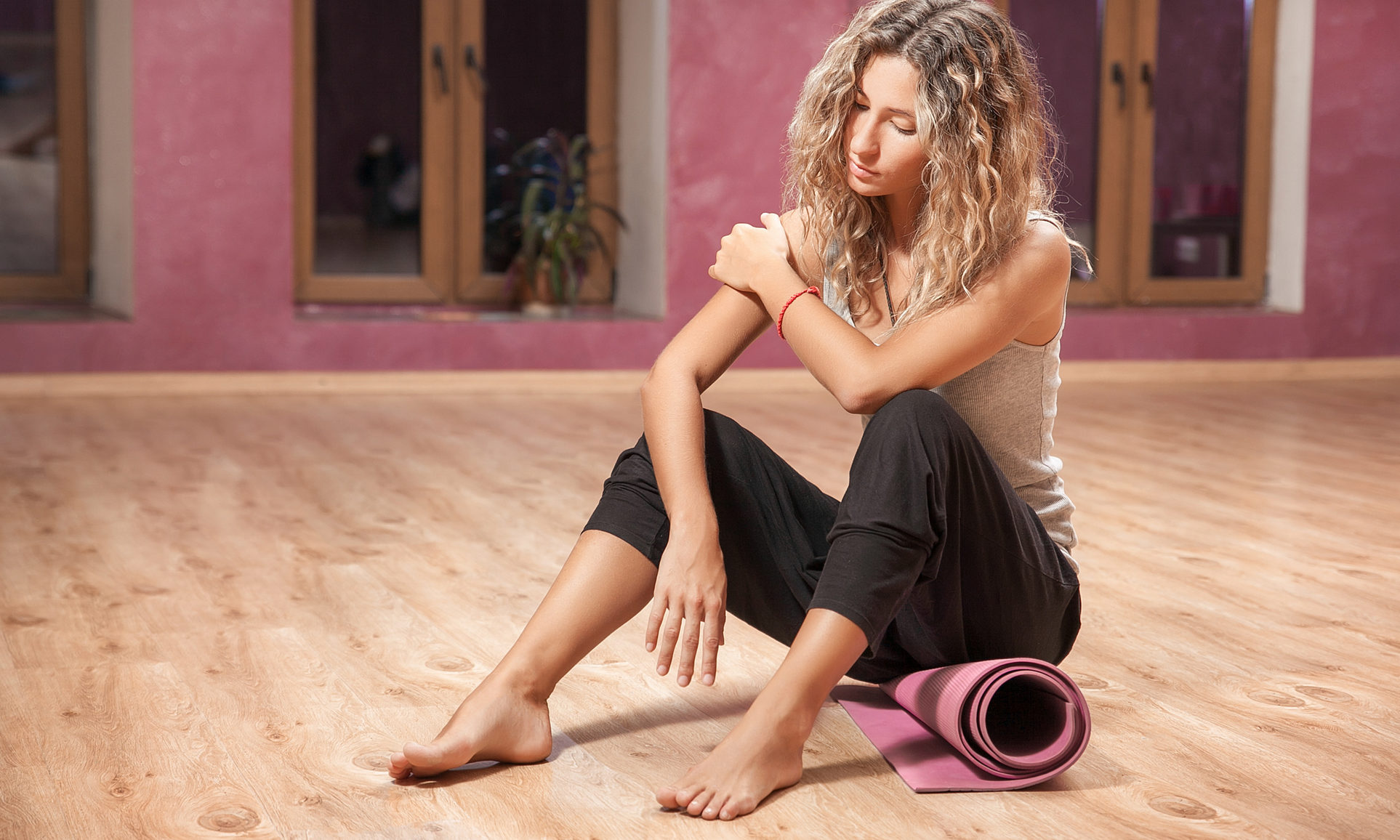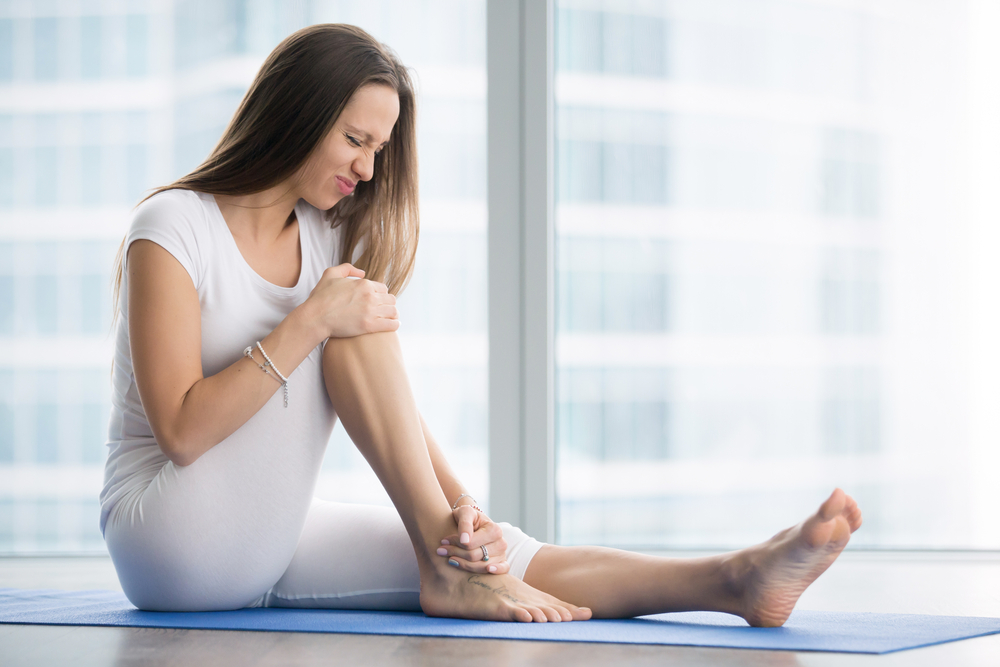The practice of yoga brings many benefits, such as increased flexibility, strength, reduced blood pressure, lower stress levels, and better sleep. However, if one is not careful, yoga can also cause injury. This blog will go over common yoga injuries and how to avoid them.

Yoga Injuries
Yoga can cause many different types of injuries if not done properly. It can cause injury to your wrists, knees, lower back, shoulders, elbows, hamstrings, and neck. That is why it is important that you take note of the potential injuries it could cause and how to avoid them.
Wrist Injuries
Placing too much weight on the wrists can be really dangerous. Since yoga tends to incorporate asanas that utilize the wrist, the pressure can cause inflammation to the wrist joint, leading to sprains, carpel tunnels, and tendinitis. When doing yoga, remember to think about the alignment of the wrist, arm, and shoulder. To prevent wrist injury, do the following:
Keep your palms flat on the mat. Do not “cup” the floor
Don’t turn your fingers inward
Place your knees on the floor to modify while building strength in the wrists and shoulders
Do not flare the shoulders out, keep them tucked into the spine

Neck Injuries
Head and shoulder stands don’t only have a reputation for causing headaches. These activities also cause neck pain and injury. If you continuously place your hand on the mat incorrectly, you will be compressing the neck, thus putting undue pressure on the cervical spine. This can result in chronic pain, joint issues, and loss of neck inflection. Never force your body into a pose that is uncomfortable. You can consider using props that elevate your neck off the floor to help reduce tension.

Hamstring Injuries
The hamstrings run from the hip along the back of the thigh to a little below the knee. Hamstring injuries tend to take place when people fold forward without using the abdominals and quadriceps for stability. Keeping a slight bend in your knees and remembering not to bounce when bending forward will help safeguard these muscles. Focusing on alignment, slow movements, and control helps prevent this injury.

Lower Back Injuries
Lower back pain is the most common yoga-related injury that takes place. Rounding through the spine causes it to flex the opposite way it’s supposed to, which causes disc problems. Forcing elongation by not bending the knees can irritate the hips and lower back. Bending at the knees can aid in avoiding stress to the lower back and protect the hamstrings as well. A block or folded blanket can take the pressure off the lower back during seated forward folds. Slow down, breathe, and focus on keeping your back straight. Engaging in the core muscles as you exhale also helps support the lower back muscles.

Knee Injuries
It is common for people to feel tension, discomfort, or pain in the knees during a yoga class. This is primarily due to having tight hips or preexisting injuries. Yoga can lead to meniscus tears, which is why keeping your knee over your ankle in any lunging postures is really important. Remember never to cave your knee inward and avoid locking your knees, as it’s bad for the joint.

Yoga is a great activity that brings many benefits to people who practice it. The good thing is that injuries can be prevented if done correctly. We hope this blog helped get an idea of how to avoid common yoga injuries. Overall, the best way to prevent yoga-related injuries is by warming up and not forcing yourself into positions that are uncomfortable. If you are in need of chiropractic care, click here to make an appointment or email us at drrichdoss@gmail.com.


